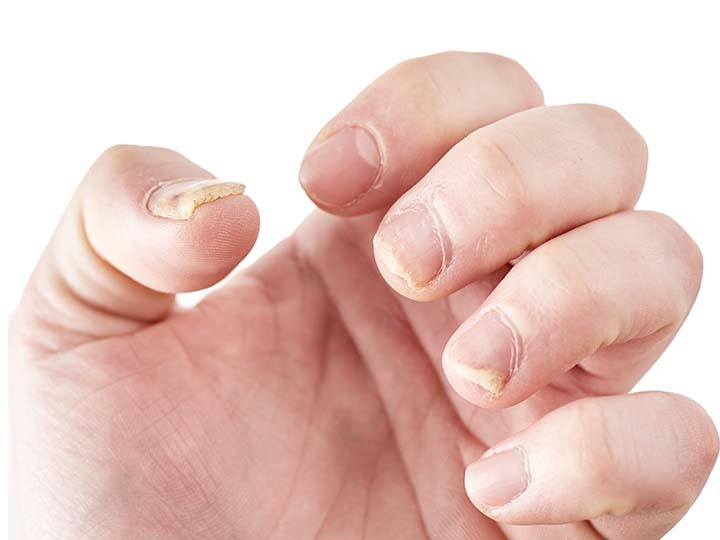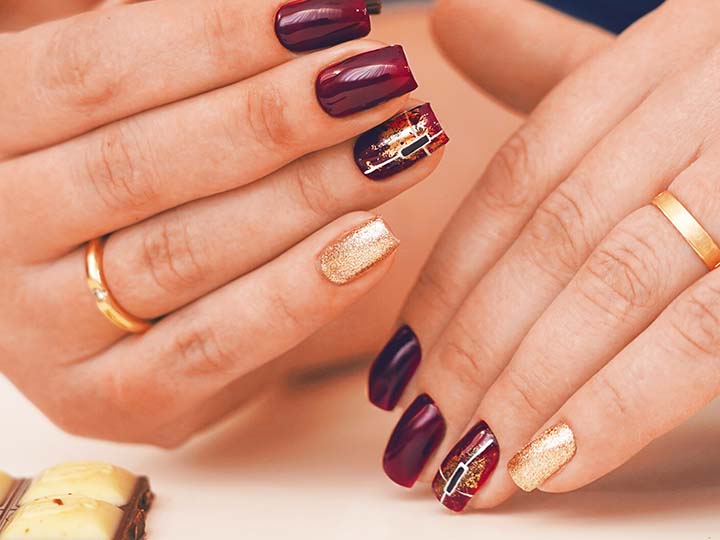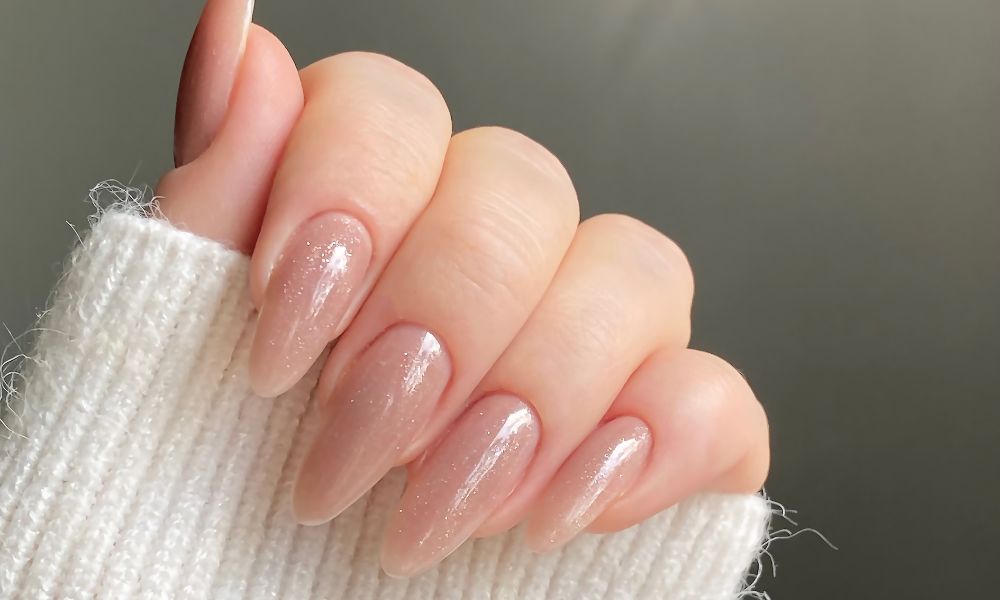The Annoyance of Nail Fungus
Dealing with nail fungus can be an embarrassing and frustrating experience. Fungal infections, also known as onychomycosis, can cause nails to become thick, discolored, brittle, and sometimes even painful. If left untreated, the infection can spread, leading to more severe issues.
The good news is that you don’t always need prescription medication to treat nail fungus. In fact, there are plenty of simple and effective home remedies that can help you get rid of nail fungus without visiting the doctor. Let’s explore how you can tackle nail fungus quickly and restore your nails to their healthy state.
What Causes Nail Fungus?
Before diving into remedies, it’s important to understand how nail fungus occurs. Fungus thrives in warm, moist environments, making your feet and hands an ideal spot, especially if your nails are exposed to damp conditions frequently.
Common Causes of Nail Fungus:
- Sweaty feet or wearing damp shoes for prolonged periods.
- Walking barefoot in communal areas like pools, gyms, or locker rooms.
- Poor nail hygiene, such as not drying your feet thoroughly.
- Weakened immune system or pre-existing conditions like diabetes.
Now that you know the causes, let’s look at how to treat it.
Simple Remedies to Get Rid of Nail Fungus
The key to treating nail fungus is consistency—many of these remedies take several weeks to show results, so it’s important to stick with the treatment. Here are some of the best remedies that work:
1. Tea Tree Oil
Tea tree oil is a powerful natural antifungal agent that can help eliminate nail fungus. Its antimicrobial and antiseptic properties make it effective against fungal infections.
How to Use:
- Clean and dry the affected nails thoroughly.
- Apply a few drops of tea tree oil directly to the infected nail.
- Let it absorb into the nail and surrounding skin.
- Repeat twice a day until the fungus clears up.
2. Apple Cider Vinegar
Apple cider vinegar is another popular remedy due to its antifungal and acidic properties. It helps balance the pH of the skin and nail, making it harder for the fungus to survive.
How to Use:
- Mix equal parts of apple cider vinegar and warm water in a basin.
- Soak your infected nails for 20-30 minutes daily.
- Dry your nails completely after soaking.
You can also apply undiluted apple cider vinegar directly to the nail for a more concentrated treatment.
3. Baking Soda
Baking soda helps by creating an environment that is inhospitable for fungi, thanks to its alkaline properties. It can also absorb moisture, reducing the chances of fungal growth.
How to Use:
- Create a paste using baking soda and water.
- Apply the paste directly to the infected nail and let it sit for 10-15 minutes.
- Rinse off and dry the area thoroughly.
- Repeat this process twice a day.
Alternatively, you can sprinkle baking soda in your shoes to reduce moisture and prevent fungal growth.
4. Coconut Oil
Coconut oil contains lauric acid, which has natural antifungal properties that can help treat nail fungus. Its moisturizing benefits also soothe any itching or irritation caused by the infection.
How to Use:
- Apply a thin layer of coconut oil directly to the infected nail and surrounding skin.
- Massage it in until absorbed.
- Repeat two to three times a day.
5. Hydrogen Peroxide
Hydrogen peroxide can kill the fungus that lives on your nail and the surrounding skin. It’s a quick and easy option to disinfect and treat the infected area.
How to Use:
- Soak your infected nails in a mixture of hydrogen peroxide and water (equal parts) for 15-20 minutes.
- Rinse off and dry thoroughly.
- Repeat daily until the infection clears.
6. Oregano Oil
Oregano oil contains thymol, which has potent antifungal and antibacterial properties. This essential oil is effective in killing off fungal infections when applied regularly.
How to Use:
- Mix a few drops of oregano oil with a carrier oil (like olive or coconut oil).
- Apply the mixture directly to the infected nails.
- Repeat twice a day for optimal results.
Over-the-Counter Treatments for Nail Fungus
If home remedies aren’t providing relief, you can try over-the-counter antifungal treatments designed specifically for nail fungus. These treatments are easy to apply and can be effective with consistent use.
1. Antifungal Creams
- Available at most drugstores, antifungal creams like clotrimazole or miconazole are topical treatments that kill fungal spores on contact.
2. Antifungal Nail Lacquer
- Medicated nail lacquers such as Ciclopirox can be painted directly onto the infected nail, forming a barrier that fights the fungus as it grows out.
3. Antifungal Powders or Sprays
- These products can be applied to your feet and shoes to keep the area dry and prevent the spread of fungus.
Preventing Nail Fungus from Coming Back
Once you’ve treated the infection, it’s important to take steps to prevent nail fungus from returning. Here are a few simple tips:
1. Keep Your Feet Dry
- Dry your feet thoroughly after bathing or exercising, especially between the toes, where moisture can collect.
2. Wear Breathable Footwear
- Choose shoes that allow airflow, like those made from canvas or leather, to reduce moisture buildup. Avoid wearing the same pair of shoes every day.
3. Change Socks Regularly
- Wear clean, dry socks daily, and change them more often if your feet sweat excessively. Look for socks made from moisture-wicking fabrics.
4. Avoid Walking Barefoot in Public Places
- Communal areas like gyms, pools, and locker rooms are breeding grounds for fungus. Always wear flip-flops or shower shoes in these environments.
5. Keep Nails Short and Clean
- Trim your nails regularly to prevent fungal buildup. Use a clean nail clipper and file, and avoid sharing nail care tools with others.
Final Thoughts: Tackle Nail Fungus with Confidence
Dealing with nail fungus can be frustrating, but with the right remedies, you can get it under control. Whether you opt for natural treatments like tea tree oil and apple cider vinegar, or choose an over-the-counter antifungal cream, consistency is key to beating the infection. By treating your nails and taking preventive steps, you’ll be well on your way to healthier, fungus-free nails.
Love the skin you're in with Mersi's all-natural range. Shop now and embrace your beauty!
FAQs
- How long does it take to get rid of nail fungus?
Treating nail fungus can take several weeks or even months, depending on the severity of the infection. Consistency is key with home remedies and treatments.
- What is the fastest way to get rid of nail fungus?
Using antifungal creams or medicated nail lacquer, combined with natural remedies like tea tree oil or hydrogen peroxide, can speed up the healing process. However, it still takes time for the nail to fully heal.
- Can nail fungus go away on its own?
Nail fungus rarely goes away without treatment. Ignoring it can lead to a worsening infection that spreads to other nails or skin.
- Can I wear nail polish over nail fungus?
It’s best to avoid wearing nail polish over an infected nail, as it can trap moisture and make the fungus worse. If you must wear polish, look for breathable, antifungal nail lacquers.
- What happens if nail fungus is left untreated?
If left untreated, nail fungus can cause the nail to thicken, become discolored, and eventually crumble. In severe cases, the infection can spread to surrounding nails and skin.





Leave a comment
This site is protected by hCaptcha and the hCaptcha Privacy Policy and Terms of Service apply.